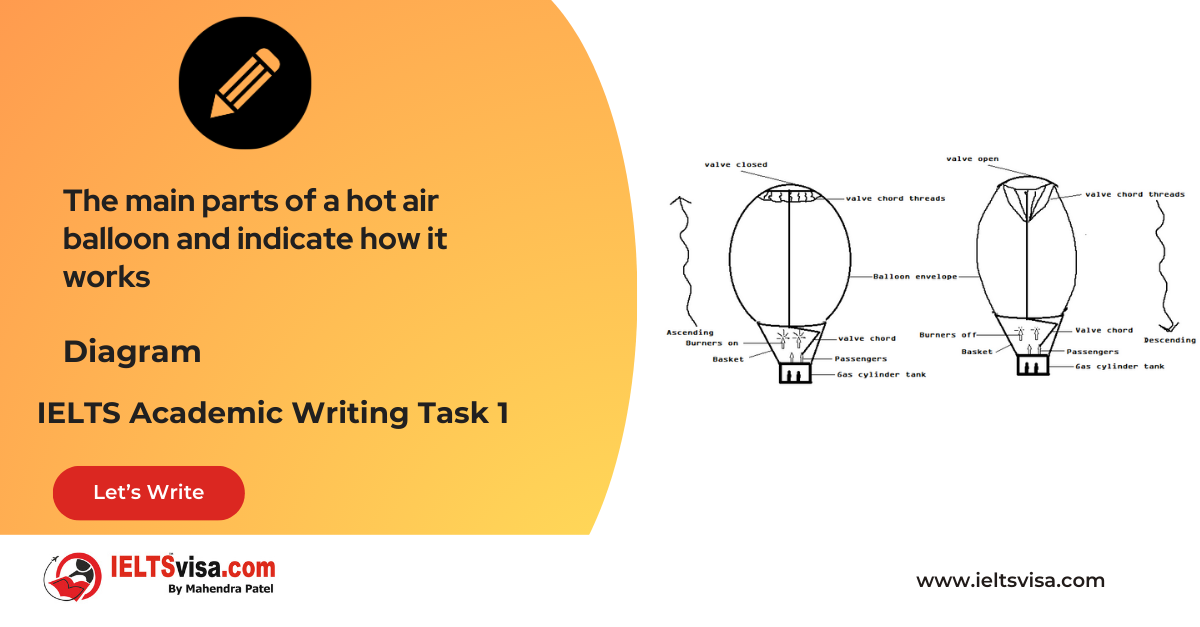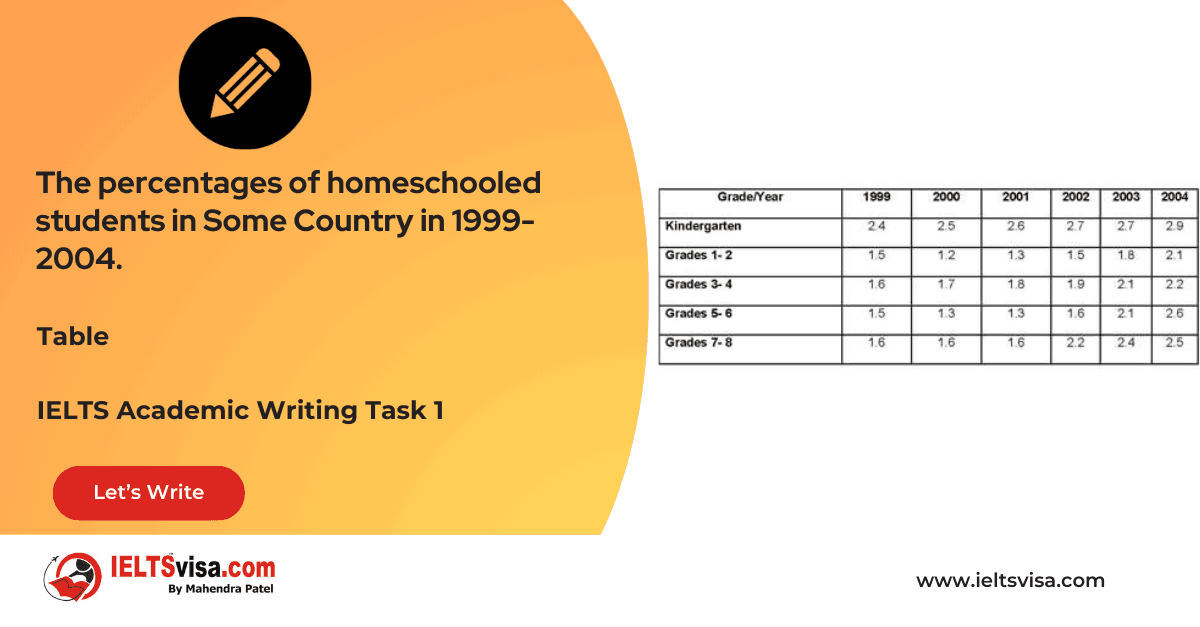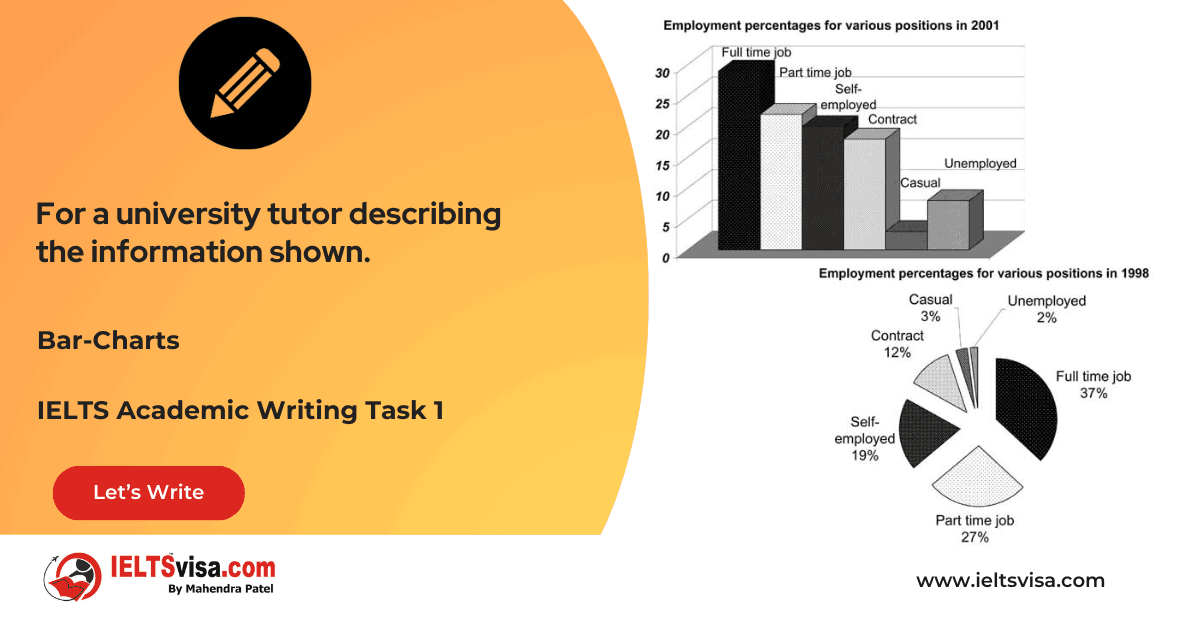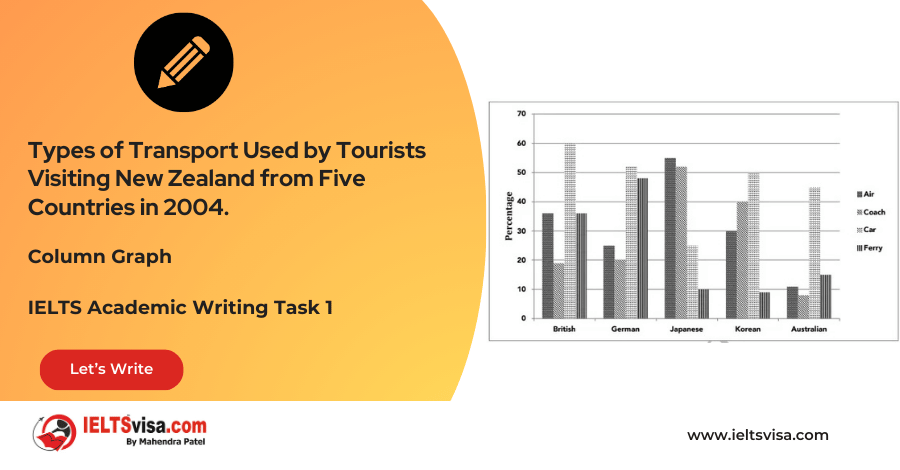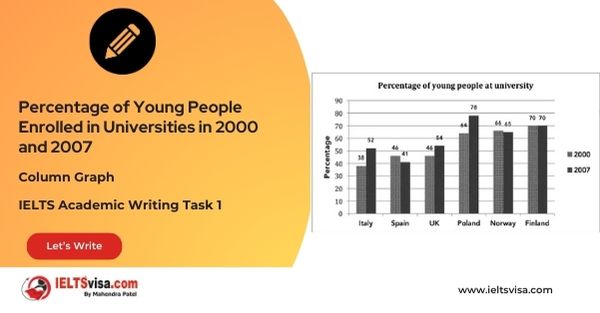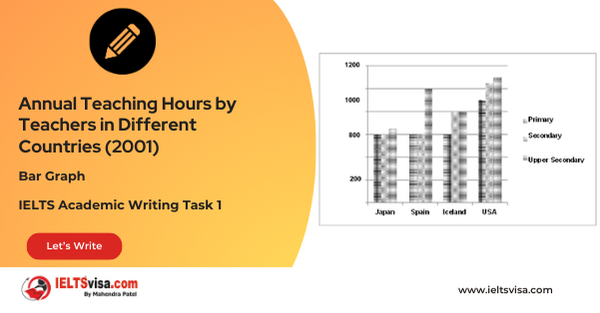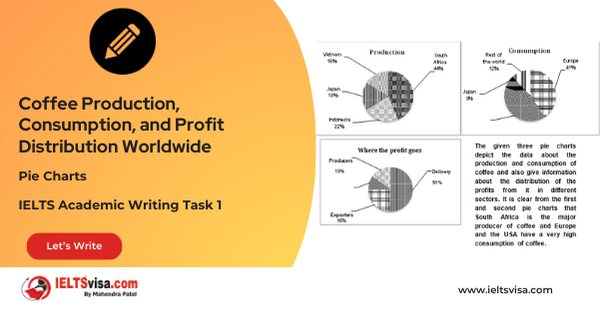Word Formation
Lexical Resource & Grammatical Range and AccuracyIELTS Academic Writing Task 1
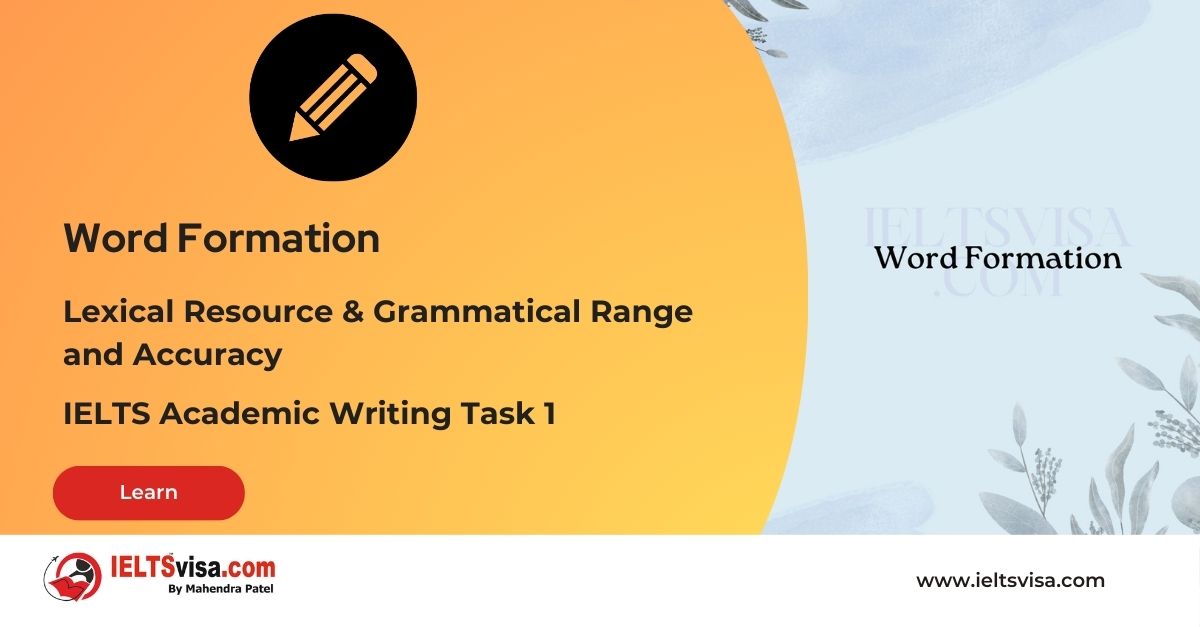
In the IELTS Academic Writing Task 1, demonstrating strong Lexical Resource and Grammatical Range and Accuracy is essential for achieving a high score.
One crucial aspect of lexical resource is word formation, which refers to the ability to use prefixes, suffixes, and root words to form new words or modify existing ones. Word formation skills enable you to expand your vocabulary and convey meaning effectively.
In this article, we will explore the importance of word formation in Task 1, accompanied by examples and answers to help you understand and apply this concept effectively.
1. Prefixes:
Prefixes are added to the beginning of a word to create a new word with a different meaning. Understanding common prefixes can significantly enhance your vocabulary.
Example:
Original Word: Correct
Modified Word: Incorrect
In this example, the prefix “in-” is added to the word “correct” to form the word “incorrect,” which means not correct.
2. Suffixes:
Suffixes are added to the end of a word to modify its meaning or change its grammatical function. Familiarity with common suffixes allows you to expand your vocabulary and accurately express ideas.
Example:
Original Word: Nation
Modified Word: Nationality
Here, the suffix “-ity” is added to the word “nation” to form the word “nationality,” which refers to the status of belonging to a particular nation.
3.Root Words:
Root words are the base forms of words to which prefixes and suffixes can be added. Recognizing root words helps you understand the meaning of related words and their variations.
Example:
Root Word: Power
Related Words: Empower, Powerless, Powerful
In this example, the root word “power” forms the basis for other words such as “empower,” “powerless,” and “powerful,” each conveying a different aspect of power.
4. Conversion:
Conversion, also known as functional shift, involves using a word in a different grammatical category without changing its form. This process allows you to use existing words in new and creative ways.
Example: Noun to Verb Conversion:
Original Sentence: The team made a great effort.
Converted Sentence: The team efforted greatly.
In this example, the noun “effort” is converted to a verb form by using it as “efforted.”
5. Compounding:
Compounding involves combining two or more words to create a new word. This method is particularly useful in academic writing as it allows you to express complex concepts succinctly.
Example:
Original Words: Air + Pollution
Compound Word: Air pollution
In this example, the words “air” and “pollution” are combined to form the compound word “air pollution,” which refers to the presence of harmful substances in the air.
Word formation is a valuable skill in IELTS Academic Writing Task 1, allowing you to express ideas precisely and effectively. You can expand your vocabulary and convey nuanced meanings by understanding prefixes, suffixes, root words, and conversion.
Practice identifying word formations in your reading materials and actively incorporate them into your writing. Consistent practice and attention to detail will enhance your Lexical Resource and Grammatical Range and Accuracy, leading to success in your IELTS examination.
Good Luck!




Our Books
Master IELTS Speaking Part 1
IELTS Writing Task 1 Book
IELTS Writing Task 2 Book
Practice IELTS Other Modules
IELTS Listening
The IELTS Listening test assesses how well you can understand spoken English in various contexts. It lasts about 30 minutes and is divided into four sections with a total of 40 questions. The listening tasks become increasingly difficult as the test progresses.
IELTS Academic Reading
The IELTS Academic Reading section assesses your ability to understand and interpret a variety of texts in academic settings. It is designed to evaluate a range of reading skills, including skimming for gist, reading for main ideas, reading for detail, understanding inferences, and recognizing a writer's opinions and arguments.
IELTS Speaking
The IELTS Speaking test assesses your ability to communicate in English on everyday topics. It lasts 11-14 minutes and consists of three parts: introduction, cue card, and a discussion based on the cue card topic.
IELTS General Reading
IELTS General Reading tests your ability to understand and interpret various types of texts. Here are some key areas and types of content you can expect to encounter in the reading section, along with tips for effective preparation.
IELTS Academic Writing Task 1
In IELTS Academic Writing Task 1, you are presented with a visual representation of information, such as graphs, charts, tables, or diagrams, and you are required to summarize, compare, or explain the data in your own words.
IELTS General Writing Task 1
In IELTS General Writing Task 1, you are required to write a letter based on a given situation. The letter can be formal, semi-formal, or informal, depending on the prompt. Here’s a breakdown of the key components to include in your letter
IELTS Academic Writing Task 2
In IELTS Academic Writing Task 2, you are required to write an essay in response to a question or topic. Here’s a guide to help you understand the essential elements of this task
IELTS Exam Tips
To succeed in the IELTS exam, practice regularly, familiarize yourself with the test format, improve your vocabulary, develop time management skills, and take mock tests to build confidence.
Grammer for IELTS
Grammar is the foundation of effective communication in English. Understanding tense usage, subject-verb agreement, and sentence structure enhances clarity and coherence in writing and speaking.
Vocabulary for IELTS
Vocabulary plays a crucial role in the IELTS (International English Language Testing System) exam, especially in the Speaking and Writing sections. Here’s an overview of why vocabulary is important and how it impacts your performance
RECENT IELTS SAMPLES QUESTIONS AND ANSWERS
Task 1 – Diagram – A conference hall built in 1981 and planned for 2020
20:00 Start Pause Stop [df_adh_heading title_infix="IELTS Writing Task 1 Question" use_divider="on"...
Task 1 – Table – The percentages of homeschooled students in Some Country in 1999-2004.
20:00 Start Pause Stop [df_adh_heading title_infix="IELTS Writing Task 1 Question" use_divider="on"...
Task 1 – Table – For a university tutor describing the information shown.
20:00 Start Pause Stop [df_adh_heading title_infix="IELTS Writing Task 1 Question" use_divider="on"...
Task 1 – Bar-Charts – The way people of Some country invested their money during the years 2001 – 2006
20:00 Start Pause Stop [df_adh_heading title_infix="IELTS Writing Task 1 Question" use_divider="on"...
Task 1 – Diagram – Rainwater Harvesting and Conversion to Drinking Water in an Australian Town.
20:00 Start Pause Stop [df_adh_heading title_infix="IELTS Writing Task 1 Question" use_divider="on"...
Task 1 – Column graph – Percentage of Young People Enrolled in Universities in 2000 and 2007.
20:00 Start Pause Stop [df_adh_heading title_infix="IELTS Writing Task 1 Question" use_divider="on"...
Task 1 – Bar Graph – Annual Teaching Hours by Teachers in Different Countries (2001)
20:00 Start Pause Stop [df_adh_heading title_infix="IELTS Writing Task 1 Question" use_divider="on"...
Task 1 – Pie Charts – Coffee Production, Consumption, and Profit Distribution Worldwide
20:00 Start Pause Stop [df_adh_heading title_infix="IELTS Writing Task 1 Question" use_divider="on"...
Task 1 – Column graph – Types of Transport Used by Tourists Visiting New Zealand from Five Countries in 2004.
20:00 Start Pause Stop [df_adh_heading title_infix="IELTS Writing Task 1 Question" use_divider="on"...

